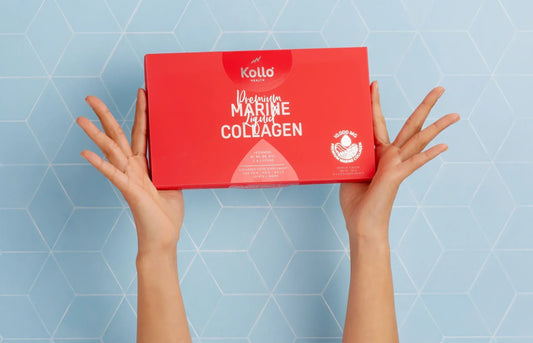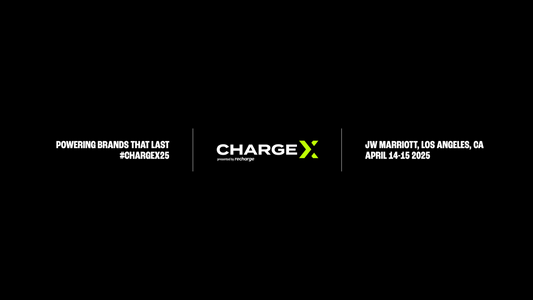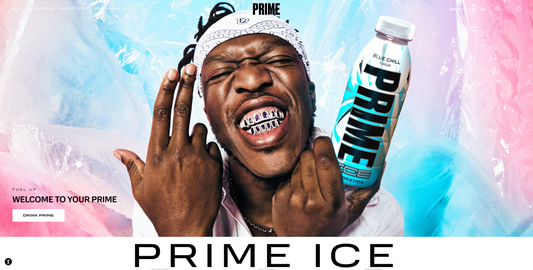Optimising vs Rebuilding a Shopify Theme
Existing Theme Optimisations vs Custom Theme Build
E-commerce professionals often face a crucial decision post-audit: should we optimize the current theme or embark on a complete theme build? This question is central to any strategic discussion on improving user experience (UX) and enhancing overall website performance.
Key Considerations for Shopify Theme Development
This decision isn't straightforward and depends on factors such as capital readiness and strategic aggression. Let's delve into the key considerations:
Capital Readiness and Strategic Aggression
A custom theme can promise greater scalability and higher ROI. However, the process involves more than just building a new theme and hitting 'go live.' The journey is fraught with complexities that can significantly impact time and cost.
Shopify Backend Compatibility
One of the most common challenges is dealing with a 1.0 backend setup designed to support a 1.0 theme. Introducing a 2.0 theme means unraveling this setup, which drives complexity and increases costs. This compatibility issue is a significant factor when deciding whether to optimize or rebuild.
Shopify Product Architecture
Reworking a product architecture or replacing a rich search and filter setup for a 1.0 theme requires serious planning, especially for large catalogs. This can become a mini-project, necessitating a meticulous approach to ensure seamless integration and performance.
The Practicality of Ad Hoc Changes on Shopify
For businesses constrained by time or capital, incremental, ad hoc changes to the existing theme can be a more practical solution. This approach allows continuous improvement without needing a full-scale overhaul, making it a viable option for many e-commerce brands.
Learn more about ad hoc changes on Shopify.
How to approach Shopify Website Optimisation
- Audit and Analysis: Conduct a thorough audit to understand the current theme's performance and identify areas for improvement.
- Cost-Benefit Analysis: Evaluate the potential ROI of a complete theme build versus incremental optimizations.
- Scalability Assessment: Determine whether the current theme can scale with your business needs or if a new theme would better support future growth.
- Implementation Plan: Develop a detailed implementation plan, whether you optimize the current theme or build a new one.
Contact Pluro to develop a customised solution roadmap tailored to your needs.
Final Words
If you are deciding between optimising your current theme and embarking on a complete theme build, it requires careful consideration of capital readiness, backend compatibility, and the complexity of your product architecture. For many e-commerce businesses, ad hoc changes can offer a practical and cost-effective path forward.
By understanding these factors and approaching the decision strategically, you can enhance your site's UX and performance, ultimately driving better results for your e-commerce brand.





